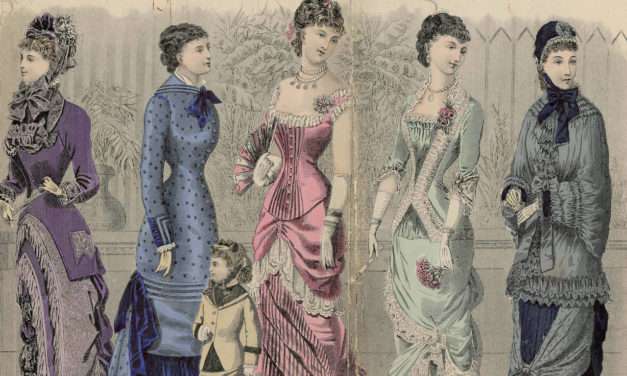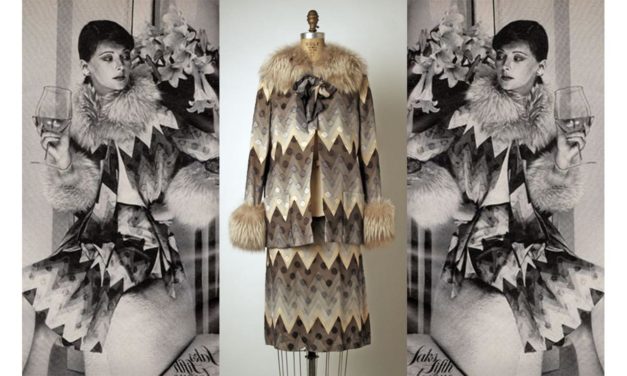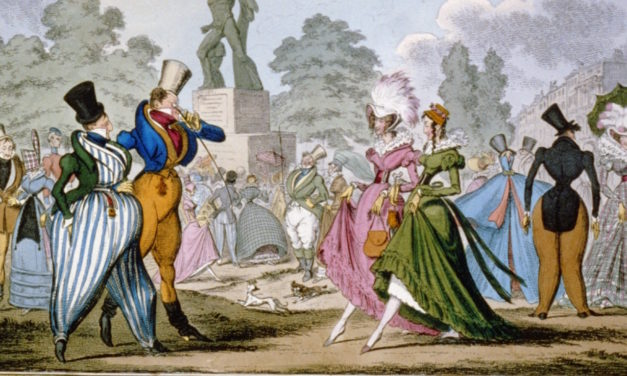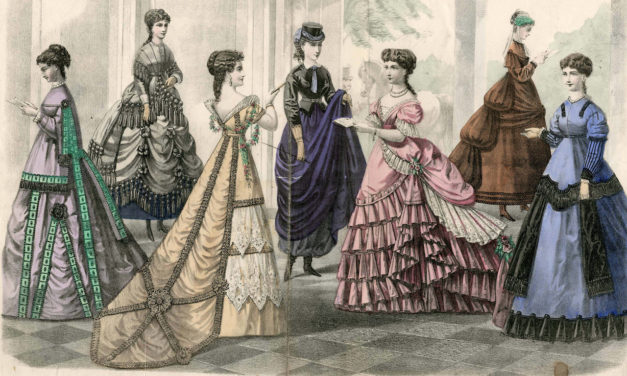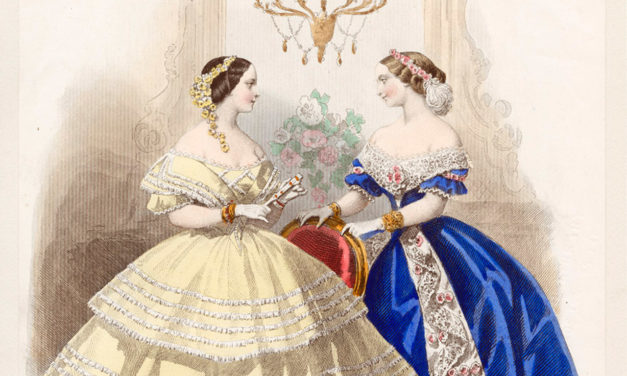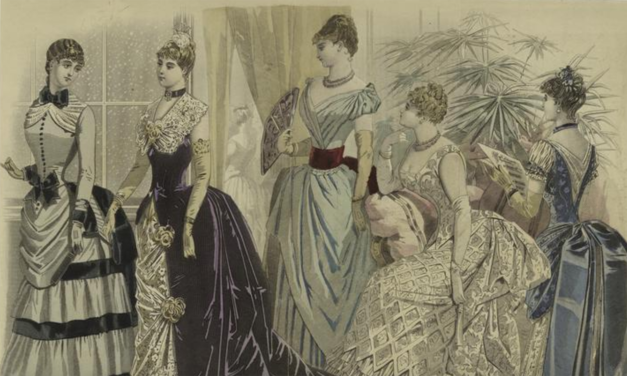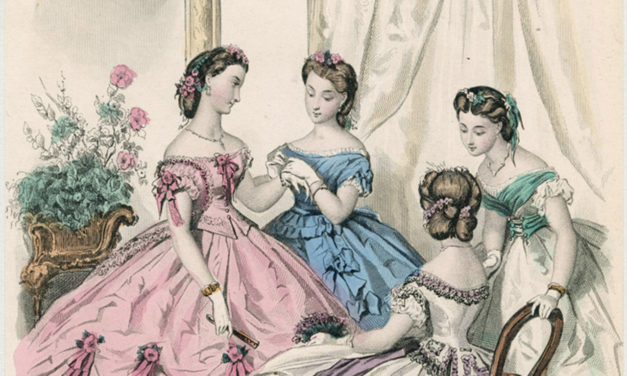1996-97 – John Galliano, Suede dress
Galliano’s stringy suede shimmy dress from the 1996 F/W Baby Maker collection captured the originality and innovative qualities of Galliano’s work – but also the appropriation of Native American cultures that he indulged in at this time.
Read More

